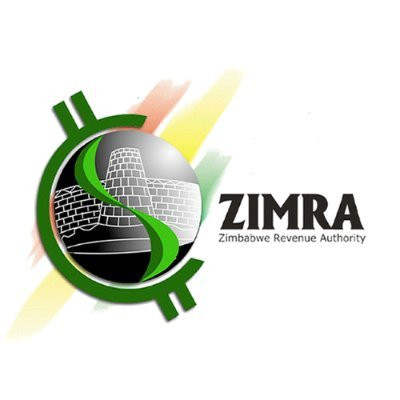
THE (Zimra) has released its tax contribution data for the first half of 2024, providing a comprehensive overview of the country’s fiscal landscape.
The informalisation of the economy presents a double-edged sword: it cushions against alarmingly low formal employment but burdens formally employed individuals through income taxes. In the first half of 2024, individual tax, commonly known as Pay-As-You- Earn (PAYE), constituted 21% of the total tax revenue, emerging as the second top tax driver for the period.
This significant contribution underscores the reliance on salaried employees for tax revenue. The heavy reliance on PAYE mainly emanated from heavily straining the working population at a time when wages failed to keep pace with inflation. This led to reduced disposable income, affecting overall consumer spending and economic growth.
The combined VAT on local sales and imports was the top tax driver for the half-year period, accounting for 26,1% of the total tax revenue. This can be broken down into VAT on local sales at 14,72% and VAT on imports at 11,38%. The higher proportion of VAT from local sales indicates robust domestic economic activity, while the significant contribution from imports reflects the country’s reliance on imported goods. On one hand, the high contribution from VAT suggests a healthy level of consumer spending, which is a positive indicator for economic activity.
However, it also means that an economic downturn or reduction in consumer spending can significantly impact tax revenues. With economic growth expected to slow down due to the negative effects of El Niño-induced drought and efforts by the central bank to curtail inflation and parallel exchange loss through tightening liquidity, the deterioration of consumer spending is projected to negatively impact tax contributions from VAT.
The government may seek to offset this through other sources, including taxing individuals and entities. Additionally, reliance on imports for VAT revenue points to potential vulnerabilities in the local production sector.
Furthermore, excise duty contributed 14,4% to the total tax revenue in the first half of 2024. The steady contribution from this tax, levied on specific goods such as alcohol, tobacco, and fuel, suggests consistent consumption of these goods despite economic pressures. However, the significant contribution from excise duty, amid receding sources of tax revenue, indicates increased prices for these goods, potentially reducing affordability for consumers amid low disposable incomes. In the long term, this could affect consumption patterns and reduce excise duty revenues.
Meanwhile, company tax accounted for 8,94% of the total tax revenue in the first half of 2024, compared to full-year contributions of 10,87% in 2023 and 15,4% in 2022. The trend in company tax contributions may indicate challenges faced by the corporate sector, including reduced profitability and potential tax avoidance or evasion. The substantial increase in PAYE against an alarmingly receding company tax suggests prospects of tax avoidance or evasion are highly likely. However, this trend could also be attributed to economic downturns in the face of hyperinflation, the current El Niño, high operating costs, and the challenging business environment.
- Zimra seizes CCC campaign vehicle
- ZDI defends AK-47 rifles 'smugglers'
- Firearms smuggling suspect weeps in court
- Fresh calls to scrap 2% tax
Keep Reading
These challenges lead to reduced profitability, which aligns with most listed companies that have reported significant profit declines mainly owing to exchange losses. Additionally, the IMTT on electronic transactions showed a declining trend, contributing only 3,5% of the total tax revenue in the first half of 2024, compared to 4,56% for the full year 2023 and 9% in 2022. The falling IMTT suggests a shift towards cash transactions, reflecting the predominance of the informal economy where cash is preferred. The highlighted tax contribution data reveals several key economic trends, including reliance on consumption taxes. The most probable outcome is worsened income inequality, potentially improving GDP per capita while contradicting public welfare on the ground.
- Duma is a financial analyst and accountant at Equity Axis, a leading media and financial research firm in Zimbabwe. — twdumah@gmail.com or tinashed@equityaxis.com, Twitter: TWDuma_






